Around 1840 the British postal service benefitted from the following measures, largely brought about by Sir Rowland Hill :
(a) a uniform postal rate throughout the UK, instead of the cost being distance related,
(b) reduced cost of sending a letter from 4d to 1d,
(c) introduction in 1840, of the world's first adhesive postage stamps, the penny black and the twopenny blue, followed a year later by the penny red.
(d) changing the responsibility for payment for letter carriage from being made by the receiver to being prepaid by the sender.
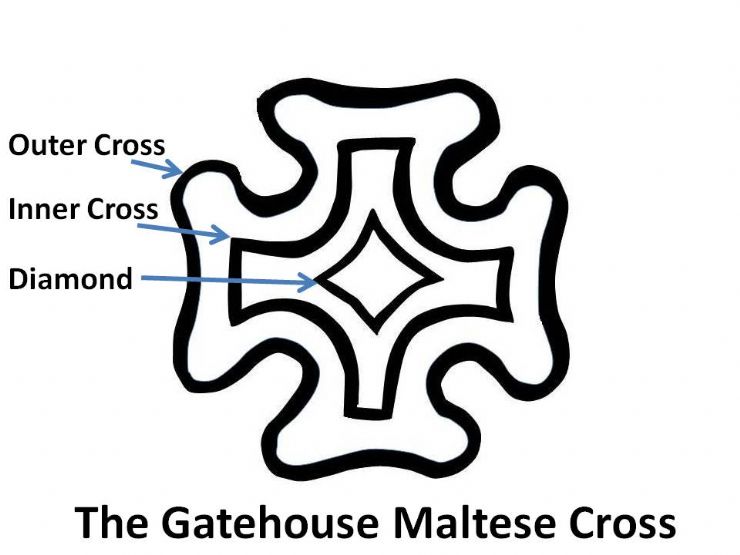 |
Initially black ink was used for the ‘obliterating stamps’, but cleaning and re-using penny blacks became commonplace. Hence, the ink was changed from black to red, but the more permanent solution was to change the adhesive itself from black to red and revert to using black as the obliterating ink. The “cancellation” left behind when the rubber stamp had been applied became known as a “Maltese Cross”, although some would argue that this is not an appropriate description of the shape. This method of “cancelling” stamps with a maltese cross was used from 1840 until it was replaced, in 1844, by a numeral cancel which was location dependant. |
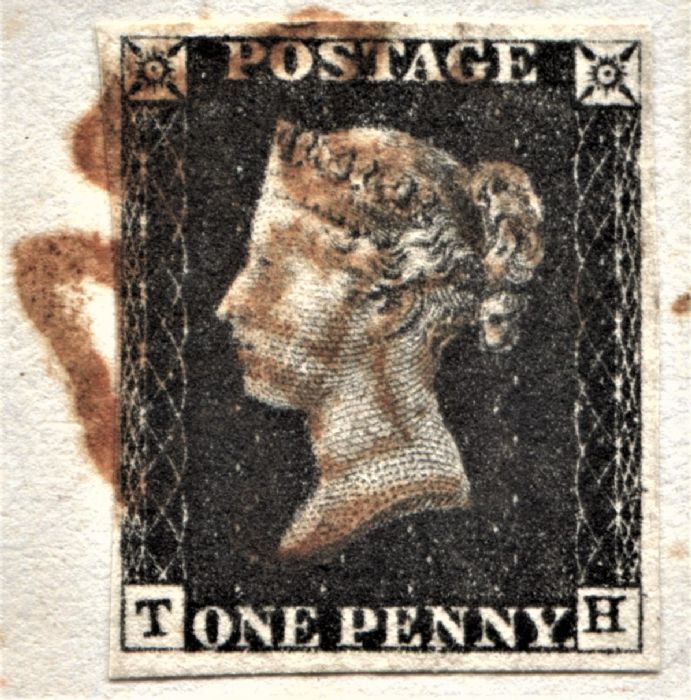 29th Jan 1841 |
We have a collection of letters which were posted in Gatehouse from around 1840 into the early 20th centuery, by which time postcards were beginning to become commonplace. These allow us to trace the changes in appearance of these obliterating stamps, now called postmarks.
The above example of a "cancelled" stamp is taken from an envelope bearing a 1d black stamp which has been cancelled by a red maltese cross. It was posted in Gatehouse on 29th January 1841 and it arrived at its destination in Glasgow the following day.
This next stamp was cancelled in Gatehouse on 8th April 1841 and the full MX is still there :
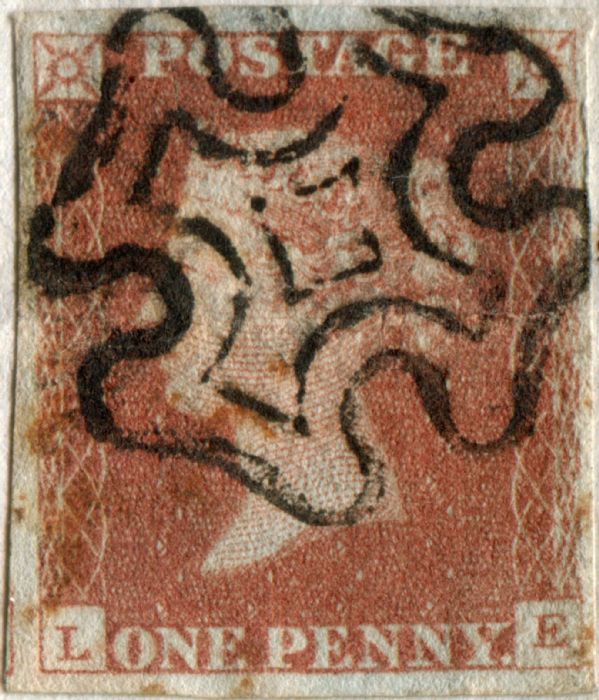 8th Apr 1841 |
The 1d black stamp was formally introduced on 5th May 1840, but it is likely that some rural post offices may not have been manned or equipped to start using these stamps until sometime later.The central diamond is complete in the Gatehouse Maltese Cross (MX) which 'cancelled' the above 1d black in January 1841. The diamond shows signs of wear in the April 1841 cancel on the left, whereas the December 1842 cancel on the right has very little of the diamond left.The 3 stamps below, used throughout 1843, effectively show a void where the diamond should be, as well as significant deterioration of the inner cross.
|
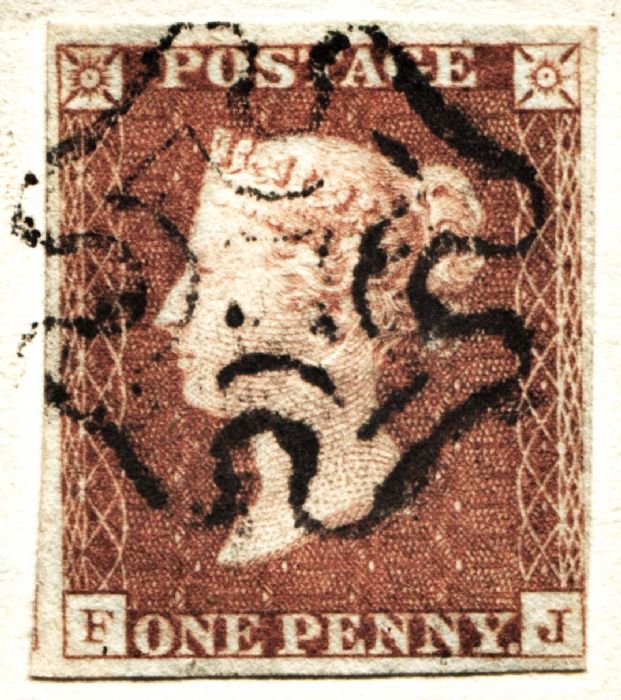 19th Dec 1842 |
 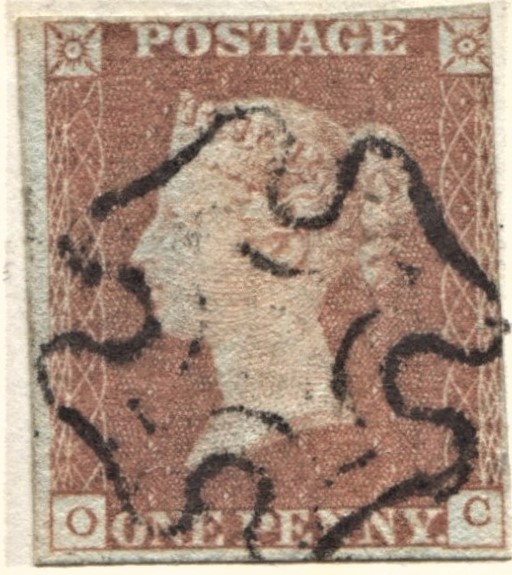 10th Jan 1843  |
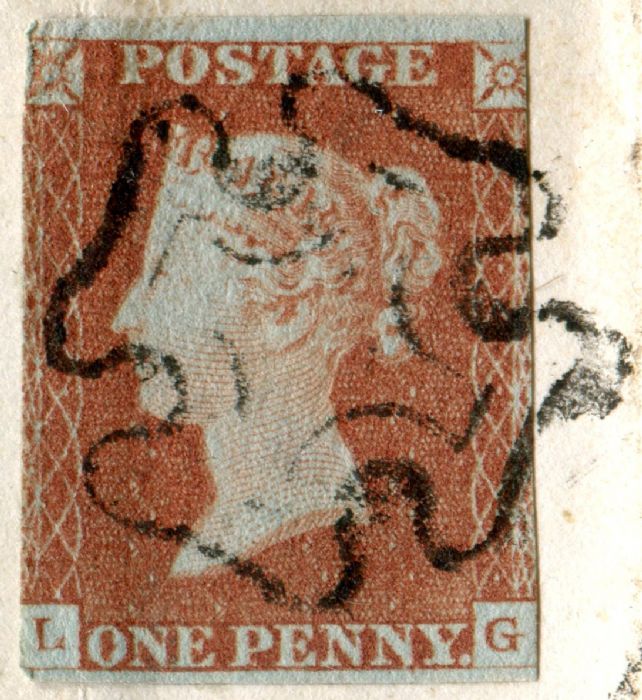 7th Aug 1843 |
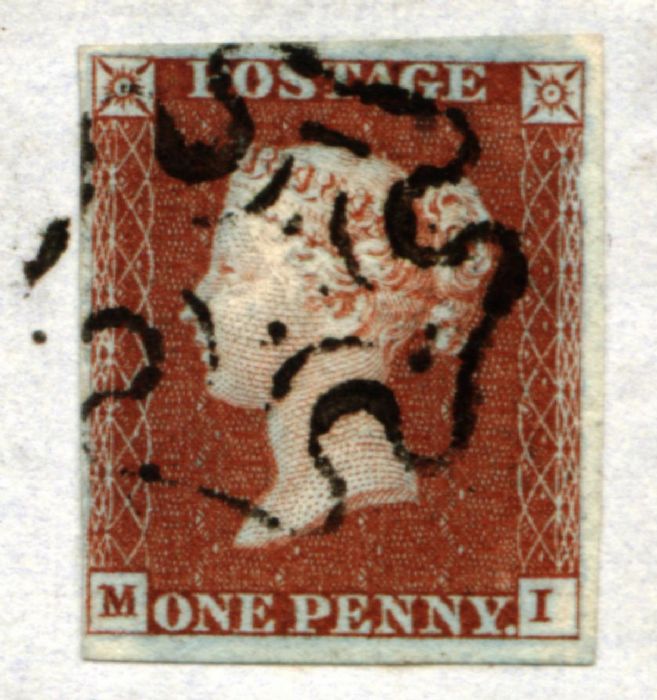 25th Sep 1843 |
We have a collection of letters which were posted in Gatehouse from around 1840 into the early 20th centuery, by which time postcards were beginning to become commonplace. These allow us to trace the changes in appearance of these obliterating stamps, now called postmarks.
.jpg) |
.jpg) |
.jpg) |
.jpg) |
The Maltese Cross postmark was used to avoid making the adhesive stamps re-useable. In 1844, Scottish cancels were based on a series of horizontal lines in a rectangular shape with a number in the centre. Post offices were listed in alphabeticl order, so that Aberdeen was P.O. no. 1, whilst Edinburgh was 131 and Glasgow was 159. By this method Gatehouse was no. 157.
Irish cancels used a series of horizontal lines in the shape of a diamond whilst England & Wales cancels were broadly oval in shape.
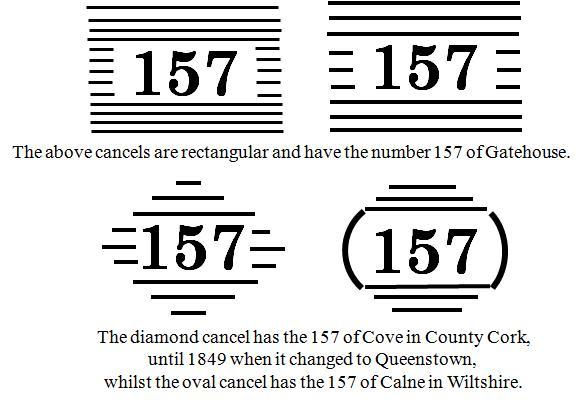
Date & Location of Posting
|
|
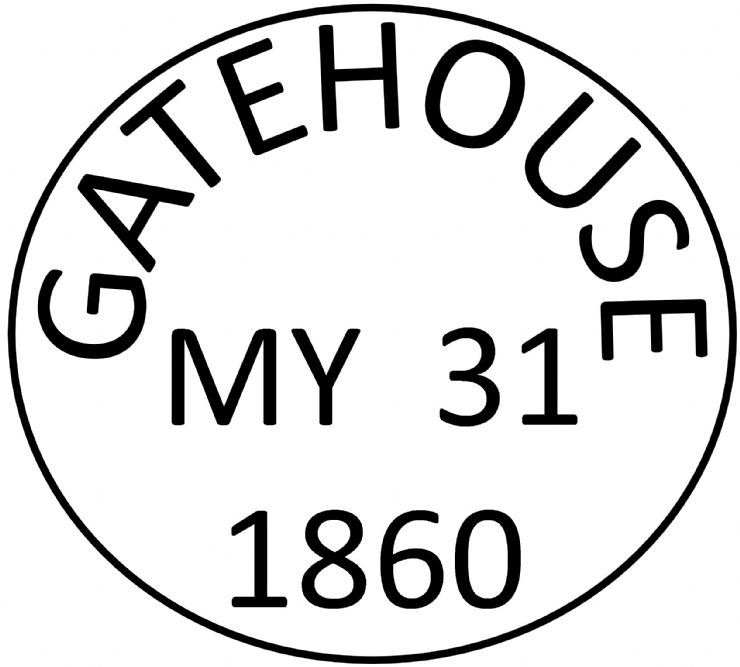 |
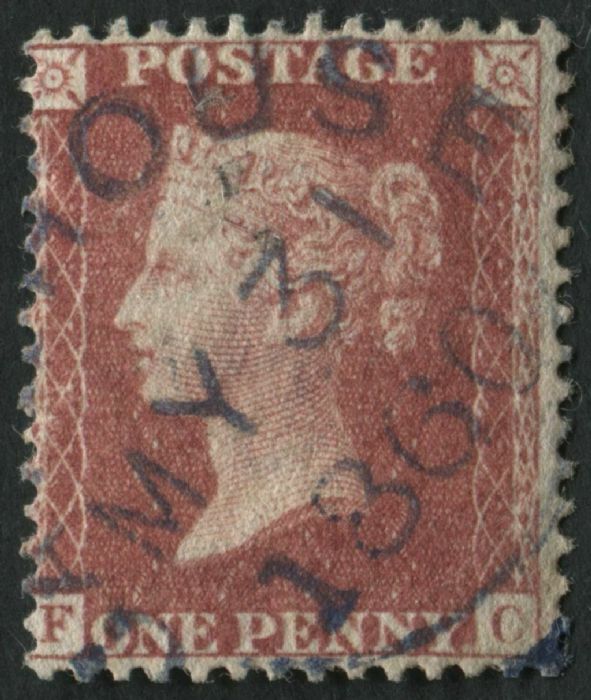 |
|
The postmark
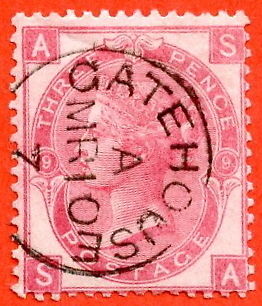
10th Mar 187-
|
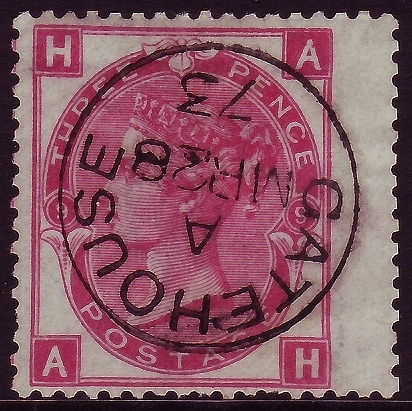
28th Mar 1873
|
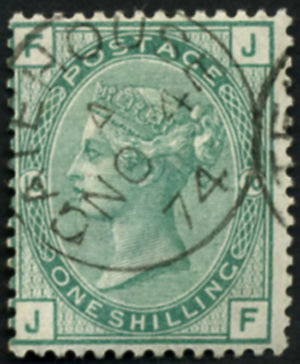
4th Nov 1874
|
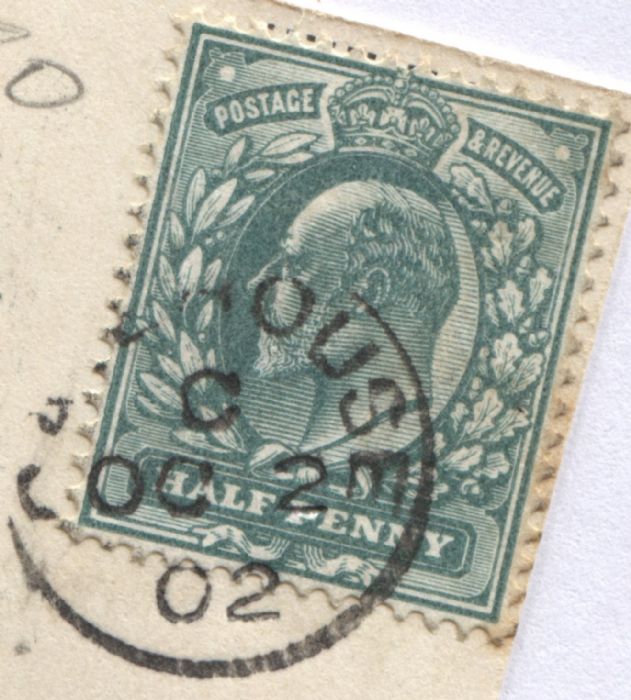
2nd Oct 1902
|
The 3d stamp on the left was cancelled at Gatehouse on 10th March. The year is uncertain because only one digit, '7', is displayed. Several stamps exist in this state. The postmaster must have incorrectly set up the 2-digit year.
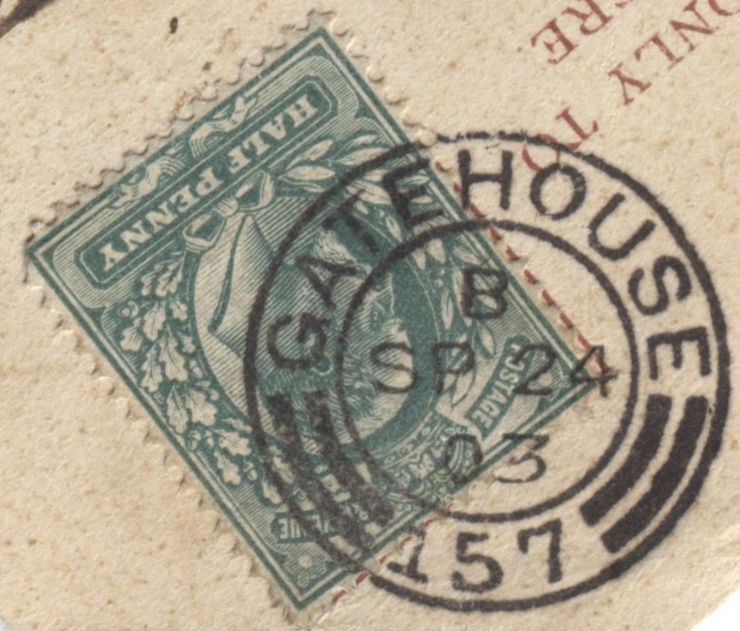
24th Sep 1903
|
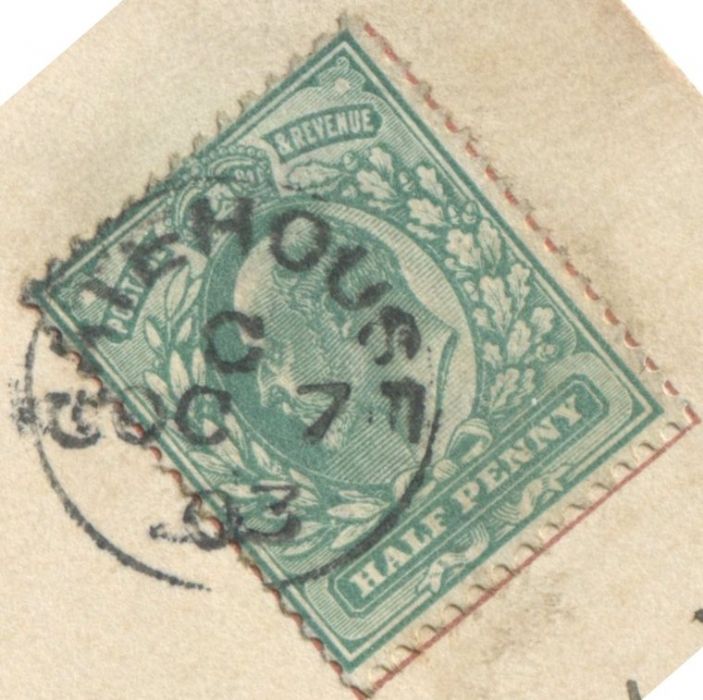
7th Oct 1903
|
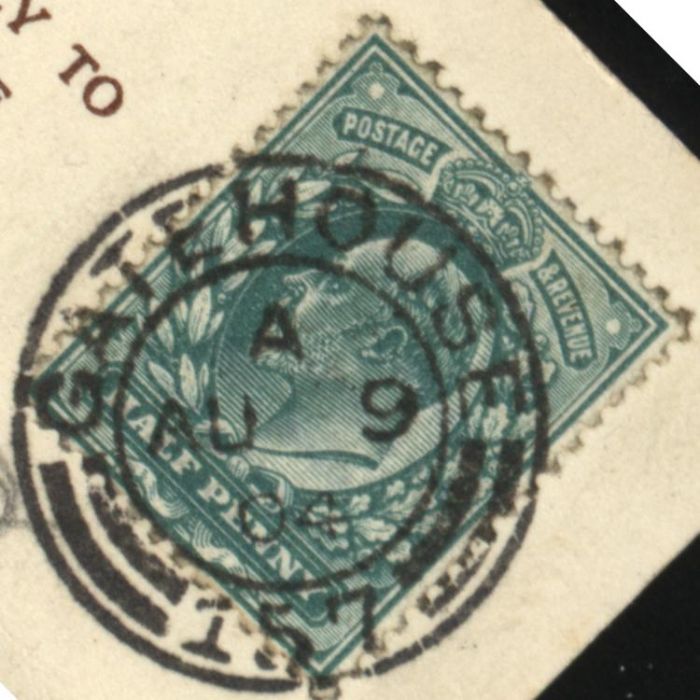 9th Aug 1904 |
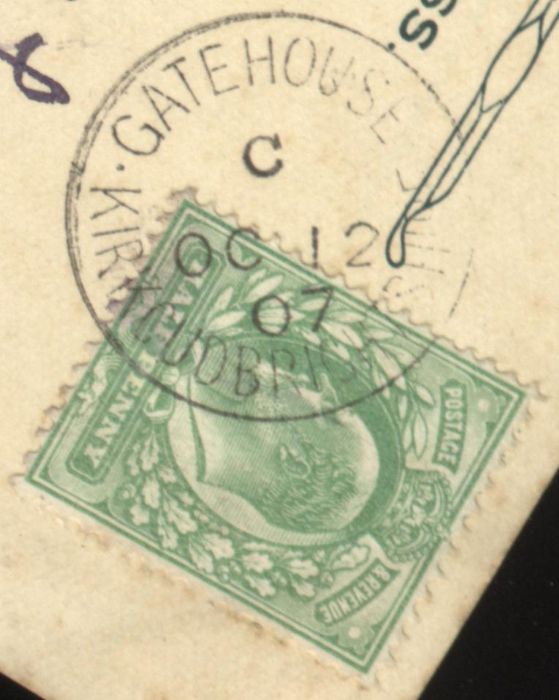 12th Oct 1907 |
The postmark above and to the left introduced the name and number of post office from which the letter was sent. Gatehouse is Scottish post office no.157. The 2nd postmark is the old stamp, which clearly was still in use after the new stamp was available. the last postmark in the row above has removed the post office number, and the posting place was "Gatehouse, Kirkcudbrightshire".
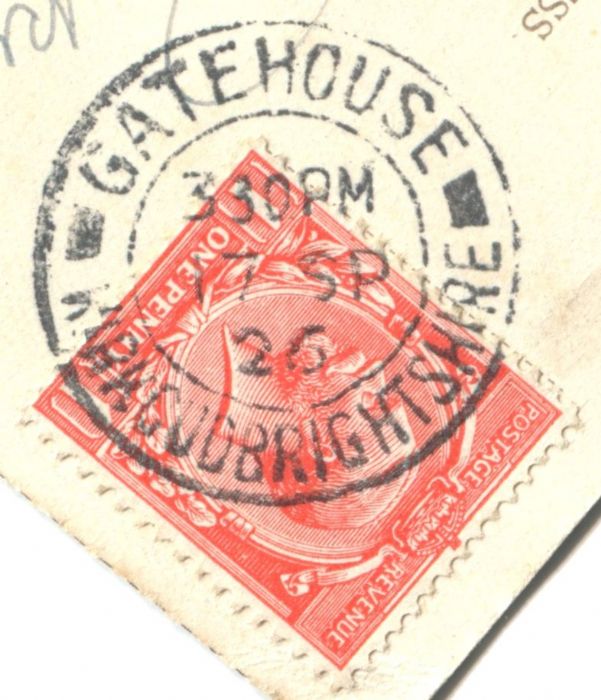 17th Sep 1924 |
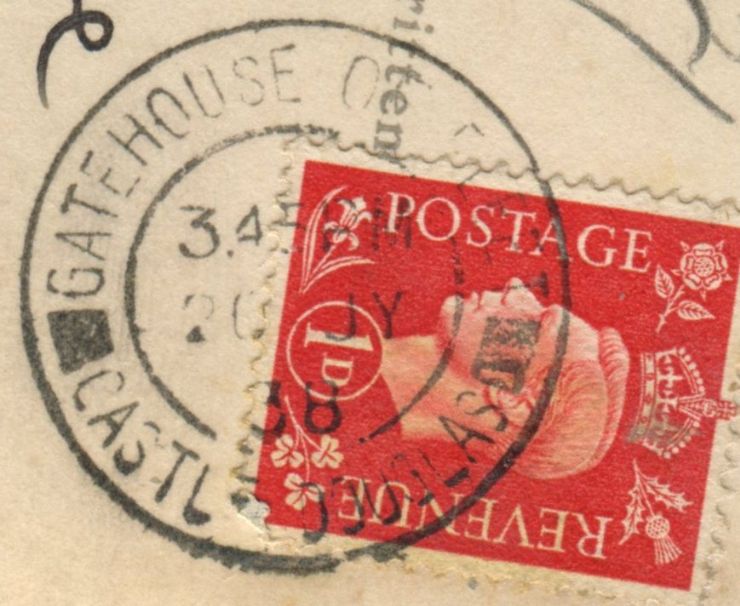 20th Jul 1938; |
|
|
The postmark above and to the left is a "2-ring" version of the previous stamp. The 2nd stamp has replaced "Kirkcudbrightshire" by "Castle Douglas", and "Gatehouse" is now "Gatehouse of Fleet".
|
|
|
|
|
The